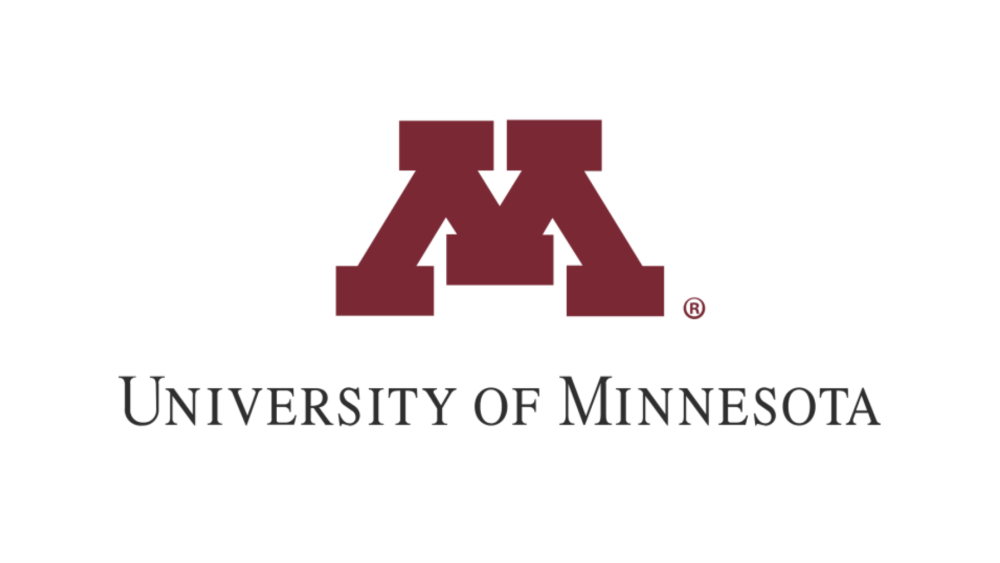Powerlifting
Powerlifting was introduced to the roster of Special Olympics sports in 1983 at the World Games in Baton Rouge, LA, and has only continued to grow in popularity since, especially in the last several years. Over 5,000 athletes and Unified partners train and compete in powerlifting every year. At the 2026 Special Olympics USA Games, we plan to offer three events, including bench press, combination (bench press/deadlift), and combination (bench press/deadlift/squat).
How It’s Performed:
Powerlifting is a strength-based sport that focuses on raw power and precision across three key lifts: the bench press, the deadlift, and the squat. In the bench press, the athlete must press a barbell upward while lying flat on a bench, requiring upper body strength and control. The deadlift is a full-body lift that involves pulling the barbell from the ground to a standing position with locked-out hips and knees. Last but not least, the squat involves athletes lowering themselves until their hips drop below their knees before standing back up with the barbell on their shoulders. Athletes are divided into divisions according to gender, weight class, age, and ability. Each lifter is judged on form and technique, with three attempts per lift to achieve their heaviest successful weight. The lifter’s heaviest valid attempt on each lift is counted toward their score, and the athlete with the highest total score relative to their division at the end of the event is declared the winner. Powerlifting demands focus, discipline, and incredible strength, pushing athletes to their limits in the pursuit of personal bests.
The barbell, despite testing the physical strength, is also highlighting the athlete’s inner wish to improve, ‘not to make compromises.’








